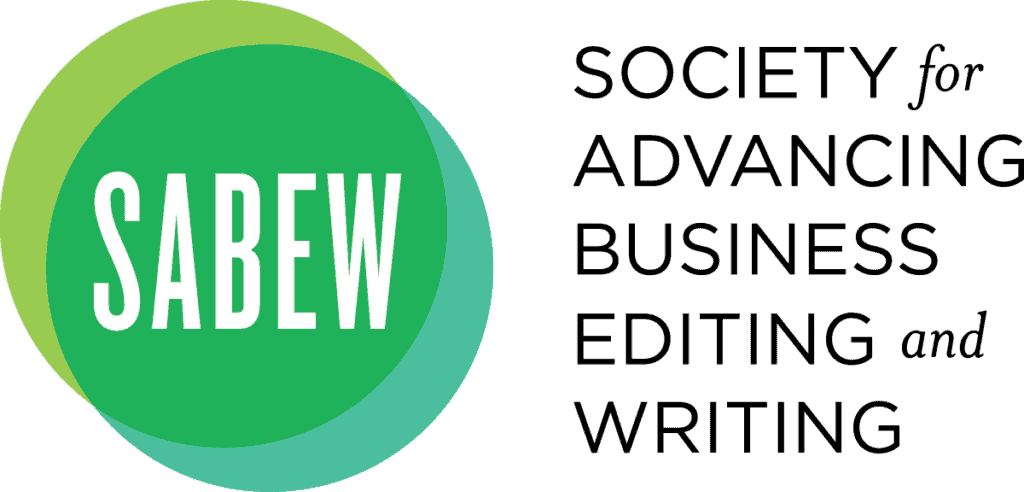By Cassidy Trowbridge
Walter Cronkite School of Journalism at Arizona State University
CHICAGO – “Be authentic, be different,” advised Amy Dickinson of the syndicated advice column Ask Amy.
Ron Lieber, who writes the “Your Money” column for the New York Times, said he has found success in email, not social media.
The SABEW 2015 session “Brand Yourself: The Business of Social Media and Marketing,” moderated by Ilyce Glink, owner of Think Glink Media, included panelists Dickinson and Lieber.
These experts in personal branding offered plenty of valuable takeaways.
“I wrote a book and I went on the road with this book and I realized… I was in sales,” said Dickinson. She wasn’t just selling her book though, she was selling her brand.
Since then, Dickinson said she has tried to remain genuine with her readers. “Once I figured out my only job was to be authentically me, [personal branding] was easy,” she said.
“There’s so much conversation about Twitter and Facebook,” said Lieber, but email is often left out of the picture. He said there has been a lot of discussion about the algorithms Facebook uses to determine who can see posts, but email is direct.
Lieber said that by creating an email list, he could send out updates and recent work. “You are using them to add to your personal following,” he explained. “I wish I would have done it 10 to 15 years ago.”
Dickinson added that the idea of using email was to take her readers with her, if she were to change jobs or publications in the future. She said social media is a powerful tool for her to engage with her readers. “It’s responding in real time,” she said.
“The people that are there are there because they want to be there,” said Dickinson. “They’re carrying your brand out.”
Glink said branding is about evaluating your own audience and that means that everyone’s readership will be a little different.
The discussion also took an interesting turn onto the topic of criticism of women in journalism.
Glink told the story of one viewer who had commented that Glink’s hair looked like a beehive. While Glink admitted it did look “beehive-ish”, she was annoyed that women are judged by their appearance. Glink responded to the viewer by taking extra time to straighten her hair each day and remove that distraction so her work would be recognized. She did not want the focus on her appearance, but the episode said a lot about how women are perceived in journalism.
For criticism as a whole, Dickinson hilariously proclaimed, “Do not read the comments!”
Lieber, on the other hand, is required to “hand-moderate” his column’s comment sections. He said while inappropriate comments are filtered, the majority of comments get approved.
While criticism can provoke anxiety or anger in some journalists, Lieber can see the positive aspect of having to monitor his comment section.
“One out of 500 comments gives me an idea for columns,” Lieber said. He said many have become fans or sources for his stories and provide valuable information through the criticism.
Panel members concluded that personal branding can benefit reporters and their publications, but it is the responsibility of an individual to build his or her own successful brand.
“We’re not brands, we’re people!” reminded Dickinson.

